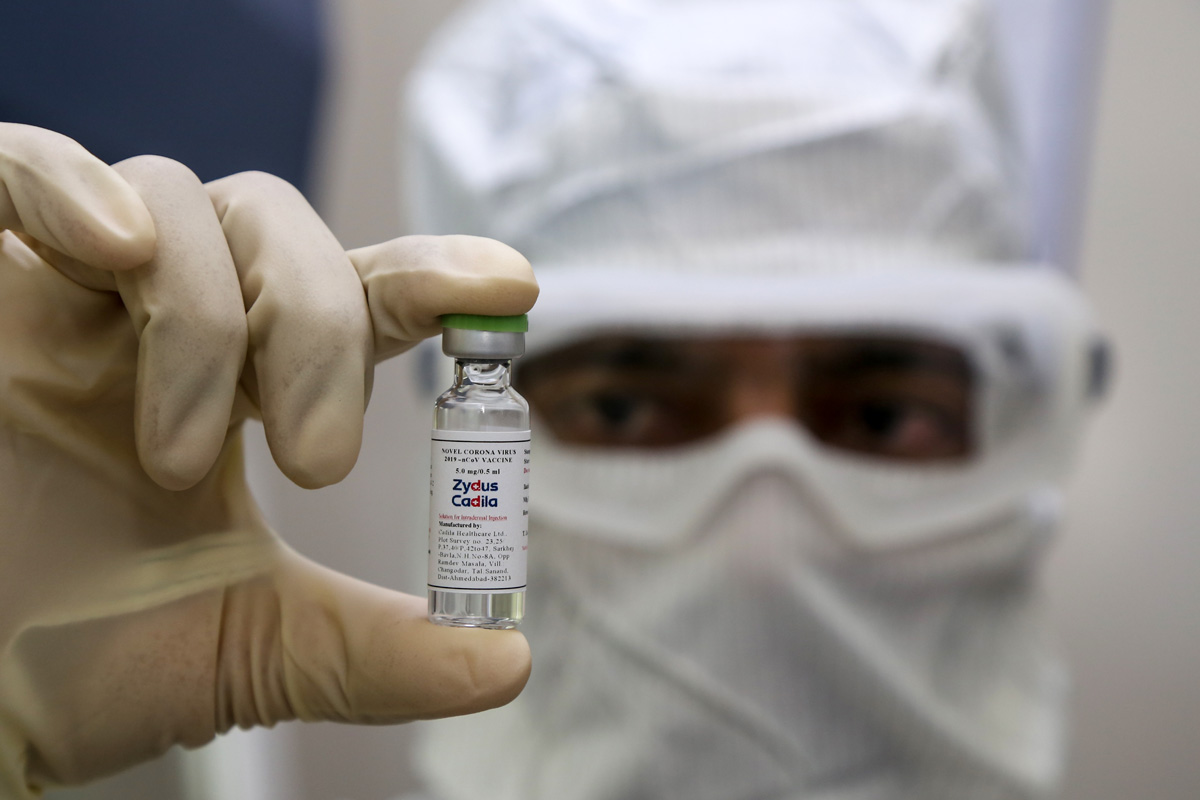Indonesia speeds up new TB vaccine development to combat rising cases
Indonesia is developing a new Tuberculosis (TB) vaccine to strengthen the fight against TB, which has claimed an average of 150,000 lives annually.
Three countries ~ the United States, India and Brazil ~ account for more than half the afflictions

(Photo: AFP)
By the time you read this, the world will have crossed a grim milestone in its battle with the novel coronavirus. More than one million would have died from the virus, a number thought by many to be on the lower side because of underreporting from many parts of the world. With the number of infected people at nearly 33 million, this means one in 33 people afflicted by the virus succumbs to it.
Research over the past nine months has identified some markers – that mortality is high among those above a certain age, and especially among those who have other health conditions. The numbers also tell us that more than half the deaths have occurred in just four countries ~ the United States, Brazil, India and Mexico ~ and the remaining 480,000 or so spread are over 190 countries.
Three countries ~ the United States, India and Brazil ~ account for more than half the afflictions. While the presence of India, Brazil and Mexico in these lists may be explained by their relative poverty and shortcomings in primary health facilities, that of the United States ~ a first world nation known as a medical pioneer and the healer of the last resort for patients elsewhere ~ can be explained only by the muddleheaded responses of those who govern the country. But in the absence of a viable vaccine, it is not to these countries that the world must turn to find out what not to do, but to the few others who have done a commendable job in keeping the virus in check.
Advertisement
New Zealand’s success in recording just 25 deaths and a little over 1800 afflictions in a population of five million might be explained by its relative remoteness. But Vietnam, with just 35 deaths and 1,000-plus infections in a population of 95 million; Thailand, with 59 deaths and 3,500 infections in a population of 70 million and Sri Lanka, with 13 deaths and under 3,500 infections in a population of 21 million, offer lessons to the rest of the world on how to battle the virus while keeping people safe.
Even Pakistan and Bangladesh, ranked lower on poverty indices than India, appear to have done a fair job, having recorded less than 6,500 deaths each in populations of 220 and 165 million, respectively.
Dr Michael Ryan, Executive Director of the World Health Organisation, believes these numbers can be explained by how well countries had prepared, rather than how well they performed in dealing with the virus. Southeast Asian nations that had faced the scourge of SARS in recent times were better prepared with protocols needed to deal with the crisis than many Western countries that initially responded complacently. The other factor that may have determined outcomes is politics, which when guided by agendas rather than science proved devastating in managing the epidemic. A final factor cited by him ~ the extent of the community’s involvement and willingness to accept medical intervention as a necessity and not an imposition ~ is just as important.
Advertisement